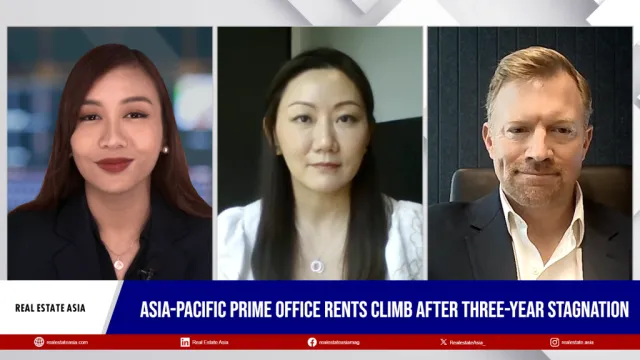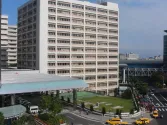
What to expect from Singapore’s retail market in the near term
Orchard rents are expected to increase by 1-2% this year.
In a recent report, Savills noted that the global environment is expected to be more challenging as a result of US tariff tensions, with consumer confidence adversely affected. In the face of potential accelerated price increases, consumer spending is likely to be impacted in the near term.
“Elevated global trade tensions are likely to negatively impact Singapore’s export-reliant economy, particularly in 2H/2025, weighing on business hiring and wage growth, hence weakening retail sales,” the report said.
Here’s more from Savills:
The growth in consumer-facing sectors such as the retail trade and F&B services is likely to remain lacklustre, dampened by locals’ continued spending abroad and sluggish domestic labour market conditions.
Although leisure tourism is bound to be affected by rising costs and heightened uncertainty, overall arrivals remain largely dependent on leisure travellers. Meanwhile, meetings, incentives, conventions and exhibitions (MICE) remains a bright spot as Singapore focuses on its attractiveness as a business destination.
The current MICE travellers’ average spending is double leisure visitors. Singapore aims to treble MICE receipts by 2040 with plans such as the upcoming new MICE hub which is slated to complete by 2040. This is expected to have some positive spillover effect on the nearby retail establishments. By then, MICE receipts are projected to contribute about 10% of overall tourism spending, up from the current 4%. This will in turn help to lift overall retail spending.
Despite improved shopper traffic in some malls along Orchard Road, business revenue is expected to be dampened by elastic consumption expenditures. The inability to fully pass on costs is leading to lower margins. Online sales are also resulting in lower spending at physical stores. With greater outbound travel, changing consumer tastes, the sprouting of home-based cafes and high cost of goods, services, tenants in suburban malls are also feeling the margin squeeze.
With that, Savills expect more churn in mall directories this year as underperforming tenants either sit through their leases before moving out or pre-terminate their leases if they are unable to sustain their business. Although vacated prime spaces are likely to be filled quickly, it may be a matter of time before the pace of closures outstrip the number of openings. Nevertheless, for 2025, while Orchard rents are forecast to reach the upper bound of the 1% to 2% forecast range this year. Suburban rents are projected to come in around the lower end of the forecast range.



















 Advertise
Advertise





